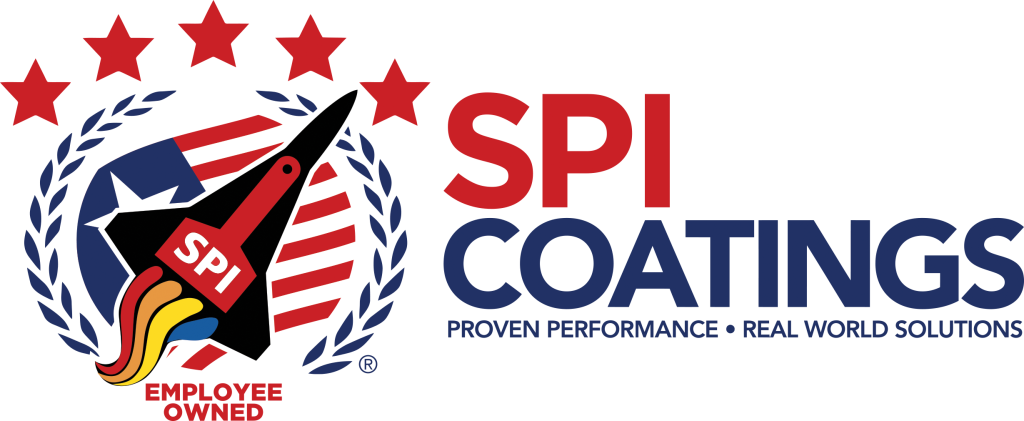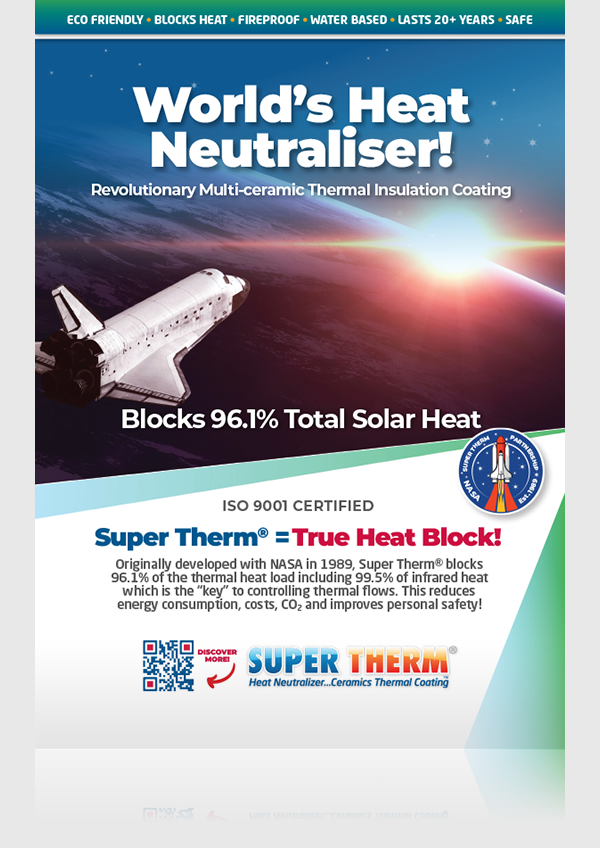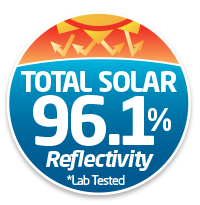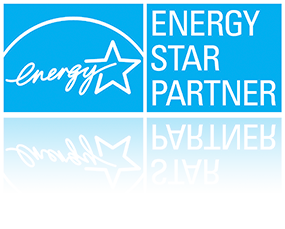How Solar Heat Works
Generally people don’t actually understand how solar heat works.
Solar thermal heat is split into 3 parts:
• 53% Infrared
• 44% visual
• 3% UV
Blocking infrared and visual heat is the key to a quality cool roof coating and true energy savings.
The reality is that all solar radiation is converted to heat when absorbed by a material, unless the material is a solar cell. Solar heat is then converted into watts per square metre of solar radiation.
Block the solar absorption of infrared heat and keep your building cool. SRI is about reflectivity and emissivity…not solar absorption.
Want to truly block heat, check the solar absorption rating. The lower the better. Super Therm at just 0.25mm is .031 or just 3.1%…0.559 W/m2/K. U value.
Energy leaks
There’s 3 types of ways heat or energy can be lost.
- Radiation
- Conduction
- Convection
In most cases 50-100% of energy loss or transfer is through the roof, ceiling and walls. Environmentally friendly, Super Therm® blocks most of the solar heat loss therefore saving money and creating sustainable solutions with less power consumption.
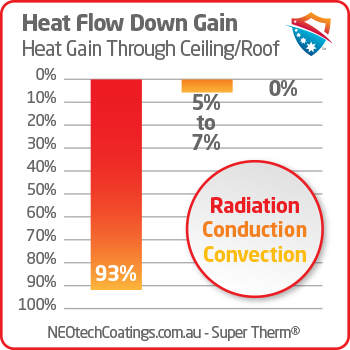
Radiation
Radiation is a method of heat transfer that does not rely upon any contact between the heat source and the heated object. For example, we feel heat from the sun even though we are not touching it.
Heat can be transmitted though empty space by thermal radiation. Thermal radiation (often called infra red radiation) is a type electromagnetic radiation (or light). Radiation is a form of energy transport consisting of electromagnetic waves. No mass is exchanged and no medium is required, therefore we can lose much of our energy through ineffective ways of managing heat loss through radiation.
Super Therm® with its ability to block 367 to 4 BTUs is able to reflect heat back to its source which either prevents heat penetration which is great for air conditioners or traps heat for internal heating. Both methods save money and reduce environmental impact from heat load and power consumption.
Conduction
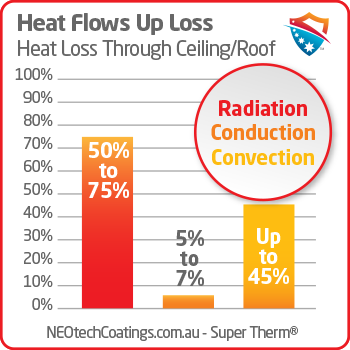
Both conduction and convection require matter to transfer heat. Conduction occurs when two object at different temperatures are in contact with each other. Heat flows from the warmer to the cooler object until they are both at the same temperature. Therefore heat moves from the outside to the inside on a hot day…and in reverse if heating is on inside.
Conduction is the movement of heat through a substance by the collision of molecules. At the place where the two object touch, the faster-moving molecules of the warmer object collide with the slower moving molecules of the cooler object. As they collide, the faster molecules give up some of their energy to the slower molecules. The slower molecules gain more thermal energy and collide with other molecules in the cooler object. This process continues until heat energy from the warmer object spreads throughout the cooler object.
Some substances conduct heat more easily than others. Solids are better conductor than liquids and liquids are better conductor than gases. Metals are very good conductors of heat, while air is very poor conductor of heat. You experience heat transfer by conduction whenever you touch something that is hotter or colder than your skin e.g. when you wash your hands in warm or cold water.
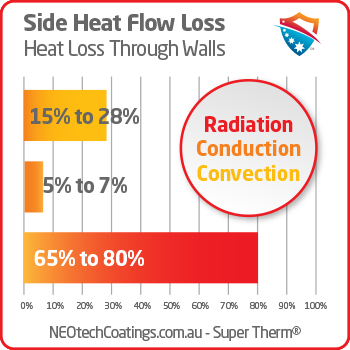
Convection
In liquids and gases, convection is usually the most efficient way to transfer heat. Convection occurs when warmer areas of a liquid or gas rise to cooler areas in the liquid or gas. As this happens, cooler liquid or gas takes the place of the warmer areas which have risen higher. This cycle results in a continuous circulation pattern and heat is transfered to cooler areas. You see convection when you boil water in a pan. The bubbles of water that rise are the hotter parts of the water rising to the cooler area of water at the top of the pan. You have probably heard the expression “Hot air rises and cool air falls to take its place” – this is a description of convection in our atmosphere. Heat energy is transfered by the circulation of the air.
More information about emissivity, reflectivity, heat load and Solar Reflective Index (SRI)





















